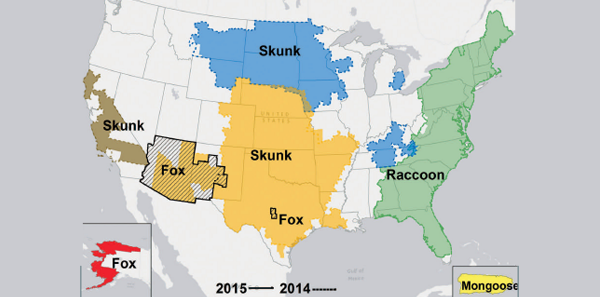
Explore This Issue
ACEP Now: Vol 37 – No 09 – September 2018An emergency physician friend texted me about whether I thought he should get rabies postexposure prophylaxis (RPEP). He said that while he was out for an evening stroll, a bat flew into him, hitting him in the forehead not just once but twice. Although he could not find evidence of a bite or wound, he wondered what he should do.
Emergency physicians are presented with these types of patient questions frequently, usually related to dog bites but from other types of exposures, too, with various degrees of circumstantial bite evidence. The calculous around the decision to give RPEP is portentous. Rabies, with extremely rare exceptions, is an untreatable fatal disease, but if the exposure is identified and prophylaxed, it’s also 100 percent preventable.
In some cases, the animal can be captured and observed or killed and tested immediately, and a new polymerase chain reaction test is likely to be available soon to facilitate rapid animal testing. However, when the animal is unavailable, the decision for RPEP is made in the emergency department. Over time, the RPEP regimen has gotten easier, four instead of five vaccinations, but no less expensive. The cost of the rabies immune globulin (RIG) and vaccine regimen is in the neighborhood of $4,000 to $5,000 total based on Red Book pricing, although charges have been noted to vary greatly on hospital bills.1 There’s also a new RIG formulation called HyperRAB, which has some advantages. Before we get back to the answer to my friend’s question, let’s review the latest RPEP recommendations and options.2
Treatment
Initially, it’s most important to thoroughly irrigate and clean the wound. Since incubation periods of more than one year have been reported in humans, when a likely exposure has occurred, RPEP should be given regardless of the length of the delay.
RIG, a pooled human donor product, should be given in the emergency department, infiltrating as much of the full 20 IU/kg dose as possible into the subcutaneous tissue at the wound site and the remainder given intramuscularly, typically in the deltoid opposite the vaccine administration site. HyperRAB, approved in February 2018, is a more potent version of the previously licensed HyperRAB S/D (both Grifols Therapeutics, Inc.), Imogam Rabies-HT (Sanofi Pasteur SA), and Kedrab (Kedrion Biopharma and Kamada, Ltd). HyperRAB requires less volume to achieve the recommended 20 IU/kg dose, allowing more RIG to be delivered at the site of potential rabies virus inoculation.
Pages: 1 2 3 4 | Single Page



No Responses to “Tips for Treatment Following Possible Rabies Exposure”